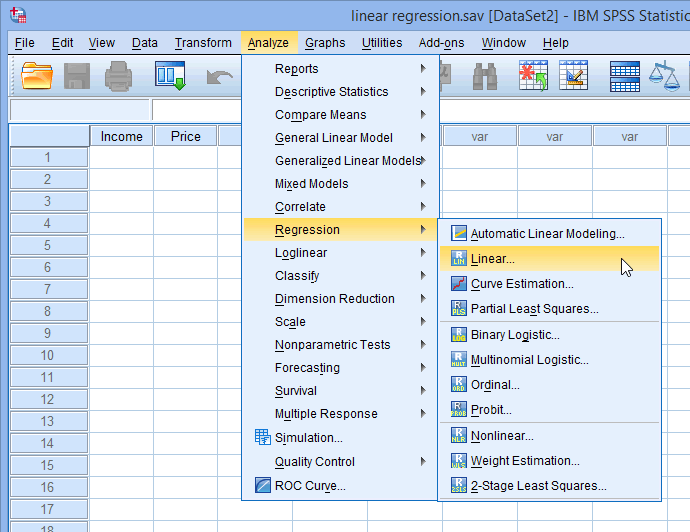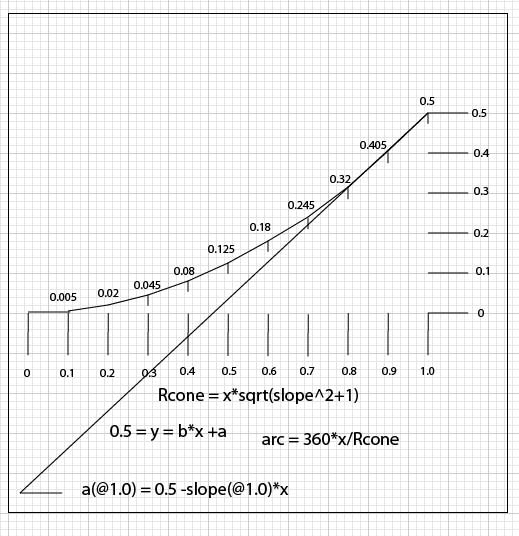

The final expression for active earth pressure is given by – (15.87) with respect to α and equating to zero – The condition for maximum active earth pressure is obtained by differentiating Eq. Substituting this value of angle C in Eq. Referring to the force diagram shown in Fig. Expression for Coulomb’s Active Earth Pressure : The value of Δ is found to be in the range of ɸ/3 – 2ɸ/3. The angle of wall friction may be determined by conducting a shear box test with the wall material in the bottom half and the backfill material in the upper half of the shear box.

In the active case, however, the error involved in the estimation of P a with a plane failure surface is found to be small. To determine the point of application of P a, a line is drawn from the centroid of the wedge of soil ABC parallel to the critical failure plane to intersect the back of the wall at point P, which is the approximate point of application of P a.Ĭoulomb’s theory assumes that the failure surface is a plane surface, the actual surface being a curved surface.

The active earth pressure acts along the same line of action as P a, but opposite in direction.
Graphical analysis 3 column equation trial#
The corresponding trial failure plane is taken as the critical failure plane. The maximum value of P a, among the trial values, is taken as the active earth pressure. The procedure is repeated for other failure planes, taking different trial values of α, and the corresponding values of P a are determined. The length of the line be gives the value of P a to the scale of the force diagram for the assumed trial value of α. The two lines bc’ and ac” intersect at point c, which completes the force diagram abc. Another line ac” is drawn parallel to the line of action of R, that is, at an angle (α- ɸ) with ab. Now, a line bc’ is drawn parallel to the line of action of P a, that is, at an angle (θ – Δ) with ab. A line ab is drawn parallel to the line of action of W, with the length ab equal to W to some scale.

Figure 15.42(b) shows the force diagram abc. 15.42(a), angle of R with the vertical –Ī trial value of α is assumed and the force diagram is constructed. Consider the failure plane BC at an inclination of α with the horizontal. The back of the wall is inclined at an angle θ with the horizontal. Figure 15.42(a) shows a retaining wall of height H with a cohesionless backfill, with its surface inclined at an angle β with the horizontal. Coulomb’s Theory for Active Earth Pressure for Cohesionless Backfill :Īs per Coulomb’s theory, a wedge of soil above a failure plane moves outward and downward in the active case when the wall moves away from the backfill due to lateral earth pressure. Coulomb’s theory gives more accurate values of lateral earth pressure, and all variables affecting lateral earth pressure are duly considered unlike in Rankine’s theory. Coulomb’s theory was developed much earlier to Rankine’s theory.Īs Rankine’s theory is much simpler than Coulomb’s theory, it has become more popular among engineers, although it is less accurate with several simplifying assumptions. It may be noted that Coulomb’s theory takes into account the roughness and inclination of the back of the wall and also the inclination of the backfill surface. While in Rankine’s theory, the failure plane is inclined at 45 + (ɸ/2) to the major principal plane at any point in the backfill where the soil reaches the state of plastic equilibrium, Coulomb’s theory states that the failure plane passes through the heel of the wall and its inclination with the horizontal should be determined by trial and error such that lateral earth pressure is maximum in the active case (active earth pressure) and minimum in the passive case (passive earth pressure).Ĭoulomb’s theory states that the total lateral earth pressure is equal to the reaction exerted by the retaining wall when the wedge of soil tends to slide and acts at an angle 8 with the normal to the back of the wall.


 0 kommentar(er)
0 kommentar(er)
